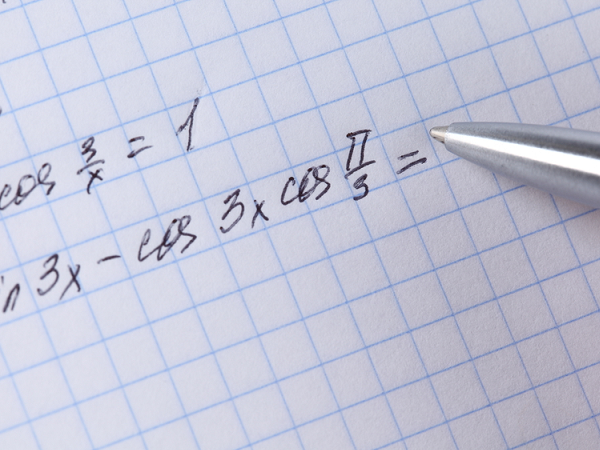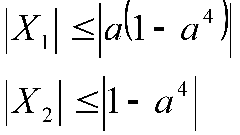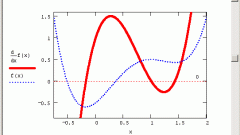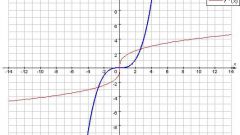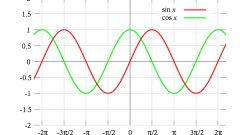Instruction
1
To solve the problem on the gradient function uses the techniques of differential calculus, namely the finding of partial derivatives of the first order in three variables. This assumes that the function and all its partial derivatives have the property of continuity in the function definition.
2
The gradient is a vector whose direction indicates the direction of fastest increase of the function F. on the graph are chosen at two points M0 and M1, which are the ends of the vector. The gradient magnitude is equal to the rate of increase of the function from point M0 to point M1.
3
The function is differentiable at all points of this vector, thus the vector's projections on the coordinate axes are all its partial derivatives. Then the formula of the gradient as follows:grad = (∂F/∂x)•i + (∂F/∂y)•j + (∂F/∂z)•k, where i, j, k coordinates of the unit vector. In other words, the gradient function is a vector, whose coordinates are the partial derivatives grad F = (∂F/∂x, ∂F/∂y, ∂F/∂z).
4
Example1.Let function F = sin(x•z2)/y. You want to find the gradient at the point (π/6, 1/4, 1).
5
Solution.Determine partial derivatives for each variable: F CH = 1/y•cos(x•z2)•z2;F _y = sin(x•z2)•(-1)•1/(y2);F _z = 1/y•cos(x•z2)•2•x•z.
6
Substitute the known values of the coordinates of a point:F _x = 4•cos(π/6) = 2•√3; F _y = sin(π/6)•(-1)•16 = -8; F _z = 4•cos(π/6)•2•π/6 = 2•π/√3.
7
Apply the formula for the gradient function:grаd F = 2•√3•i – 8•j + 2•π/√3•k.
8
Example 2.Find the coordinates of the gradient of the function F = y•arсtg (z/x) at the point (1, 2, 1).
9
Solution.H f = 0•аrсtg (z/x) + y•(аrсtg(z/x))’h = y•1/(1 + (z/x)2)•(-z/x2) = -y•z/(x2•(1 + (z/x)2)) = -1;F _y = 1•аrсtg(z/x) = аrсtg 1 = π/4;F _z = 0•аrсtg(z/x) + y•(аrсtg(z/x))’_z = y•1/(1 + (z/x)2)•1/x = y/(x•(1 + (z/x)2)) = 1.grаd = (-1, π/4, 1).
